Tam Son Hoi Quan Pagoda
Description
Tam Son Hoi Quan Pagoda is one of the Chinese community’s sites of worship in District 5, Ho Chi Minh City. Built in 1839, after several times of renovation, we can now see a pagoda in the color red, which is immediately identifiable in Chinese religious architecture. Tam Son Hoi Quan was once the pagoda where Kim Hue Thanh Mau, or the Goddess Thai Sanh, was venerated. Later, Thien Hau Thanh Mau became the most revered deity. In addition to the Chinese, many individuals from other regions also visit Tam Son Hoi Quan to pray for an heir.
Tam Son Hoi Quan Pagoda is situated on Trieu Quang Phuc Street in Ho Chi Minh City’s District 5, where a large number of Chinese people reside. Tam Son Hoi Quan is surrounded by numerous other religious structures, including churches, pagodas, and temples. Each structure has unique characteristics that distinguish it from the others. If you get the opportunity to visit Tam Son Hoi Quan, you should not miss the surrounding sights.
Architecture Of Tam Son Hoi Quan Pagoda
Tam Son Hoi Quan Pagoda is around one thousand square meters in size and consists of a front yard, a front hall, a middle hall, and a main shrine. As one enters deeper into the shrines, the floor rises.
The pagoda’s three-door entrance leads to the front yard. On the main entrance is a sign in Chinese letters reading “Tam Son Hoi Quan.” Above the relief is a wooden sign, and a pair of wooden panels flank the main entry sign. Each character is written in Chinese script.
After going through the front yard, you’ll arrive at the entrance hall of Tam Son Hoi Quan. The top of the entrance hall is adorned with reliefs of the Sun and the Moon created in 1914 at the Buu Nguyen Pottery Village. The center hall is elevated above the entrance hall, which leads to the principal shrines and Thien Hau Goddess’ altar.
Similar to other temples and pagodas in the region, there are several horizontal lacquered boards and pairs of Chinese character-carved woods. The carving art on the horizontal, vermilion-lacquered wood panel gives the Tam Son Hoi Quan Pagoda a distinctive artistic significance.
History Of Tam Son Hoi Quan Pagoda
Tam Son Hoi Quan is the concentration point for Chinese immigrants from Fujian Province’s Fuzhou. Tam Son is the name of three mountains in Fuzhou: Binh Son, Cuu Tien Son, and Viet Vuong Son. According to some historical records, Tam Son Hoi Quan Pagoda was constructed in 1839. However, on the stone stele erected in 1954 to memorialize the restoration of this pagoda, the date of construction is unknown. According to the inscription on the stone stele, the front building of the pagoda was established during the reign of Gia Khanh (1796) and first restored during the reign of Quang Tu (1887).
How to Get to Tam Son Hoi Quan Pagoda
Tam Son Hoi Quan Pagoda is approximately 7 kilometers from the center of Ho Chi Minh City. To reach this pagoda, you may use a cab, a bus, or a motorcycle.
If you travel by bus, the 01, 05, 08, 10, 56, and 150 stop near the pagoda.
If you prefer to travel by motorcycle, you will reach Tam Son Hoi Quan Pagoda in 20 minutes. Follow Vo Van Kiet Boulevard in the southeast direction from the center of Ho Chi Minh City, turn right onto Hai Thuong Lan Ong Street, and then turn right onto Trieu Quang Phuc Street.
And if you wish to travel by cab in Ho Chi Minh City, this mode of transportation is pretty convenient. You can get a taxi from your hotel and request that the driver take you to Tam Son Hoi Quan and other points of interest. The journey takes around 17 minutes by cab.
Working Hours
- Monday 6:00 AM - 10:00 PM
- Tuesday 6:00 AM - 10:00 PM
- Wednesday 6:00 AM - 10:00 PM
- Thursday 6:00 AM - 10:00 PM
- Friday 6:00 AM - 10:00 PM
- Saturday 6:00 AM - 10:00 PM
- Sunday 6:00 AM - 10:00 PM

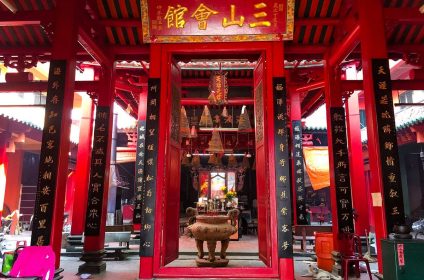
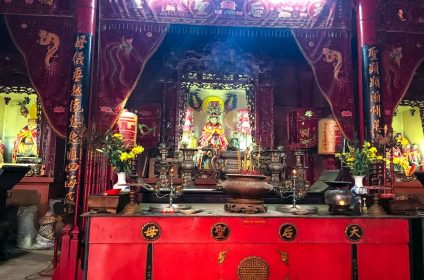
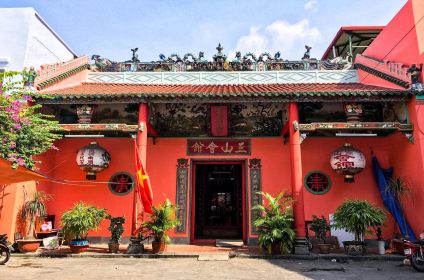
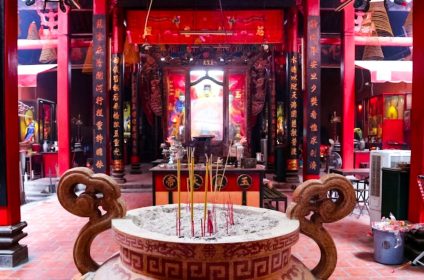
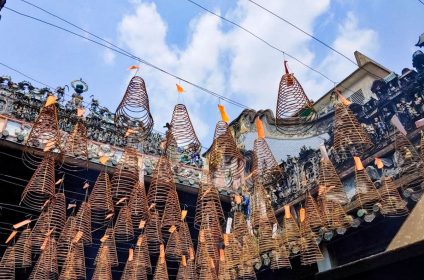
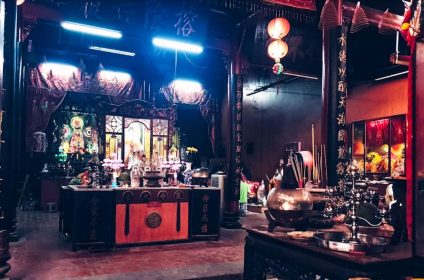
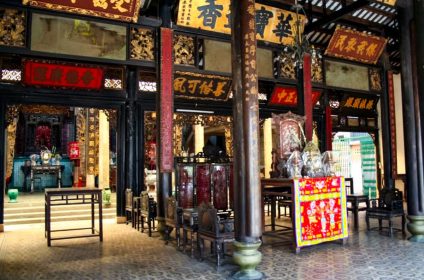
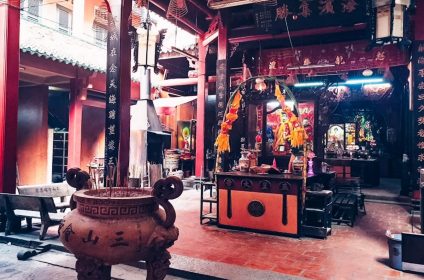
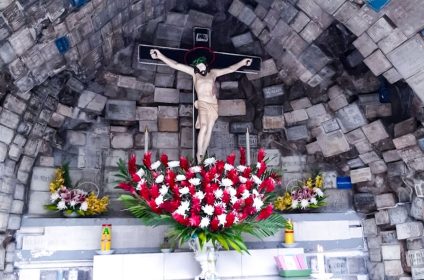
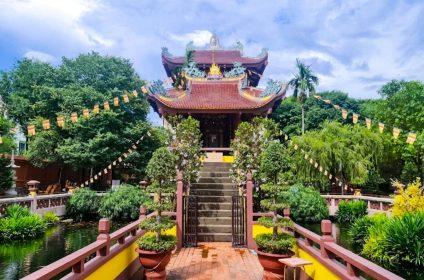
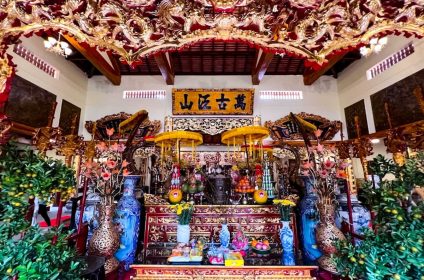
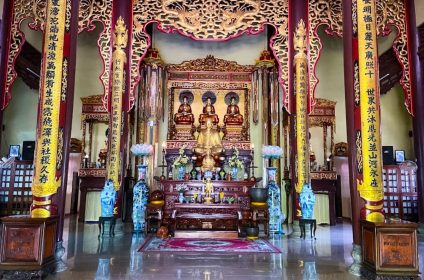
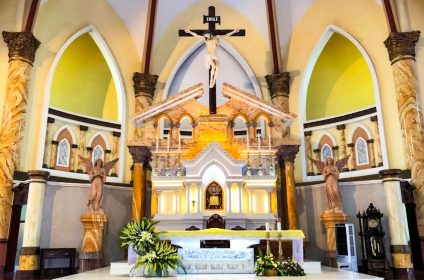










Add Review